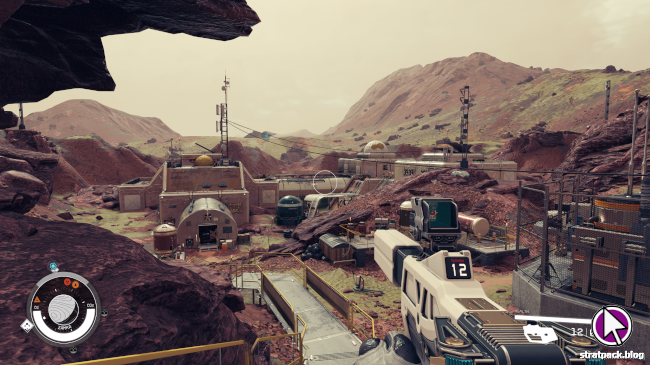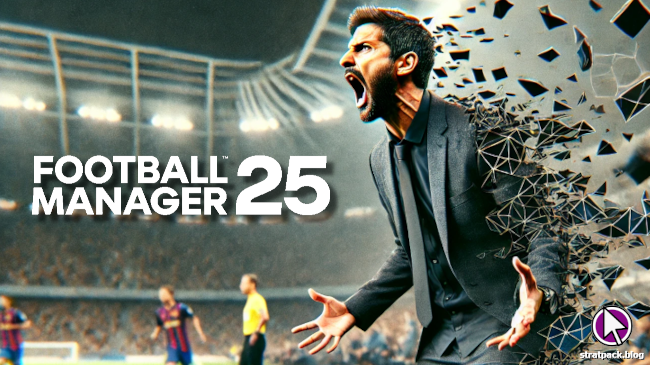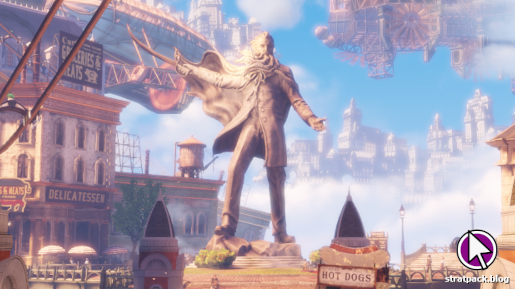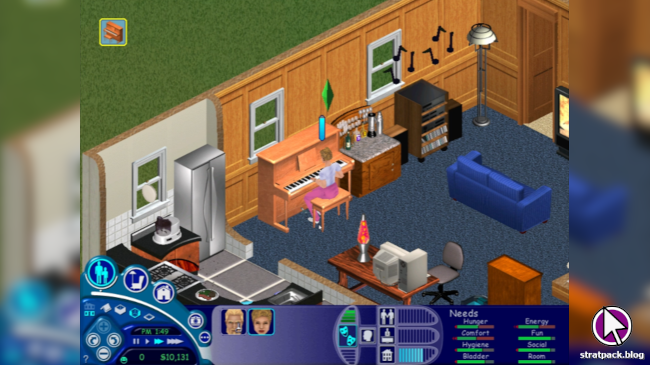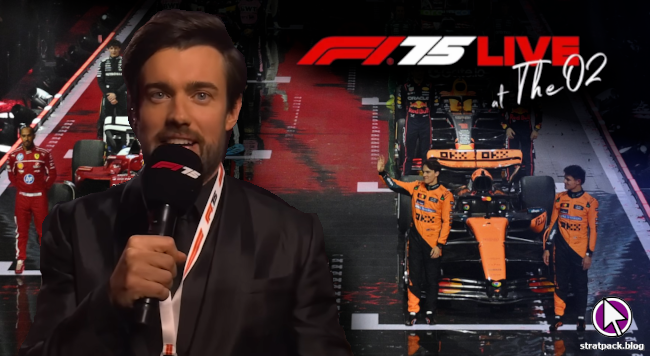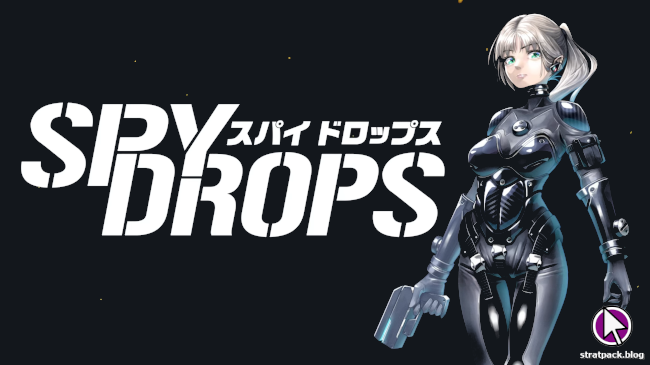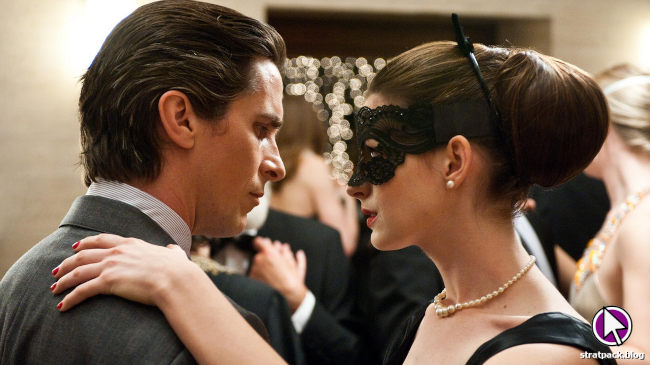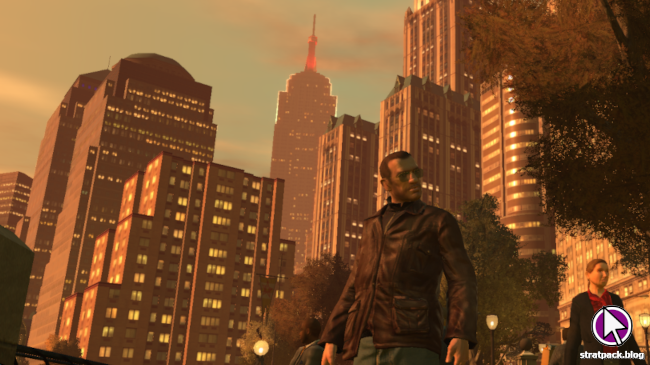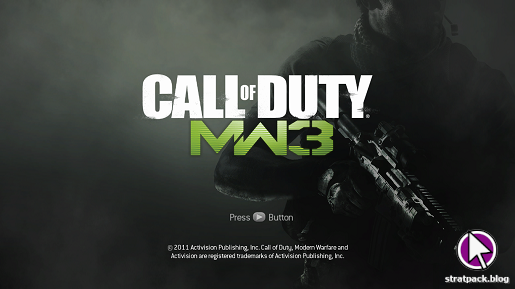
Yakuza 6: The Song of Life (PS4) retrospective
It’s been a while since I published one of my longer gaming articles, but after playing Yakuza 6: The Song of Life, I felt compelled to put pen to digital paper. This is another post that sits somewhere between the review and retrospective categories, but like others in the series, this is a remarkable game that deserves discussion.
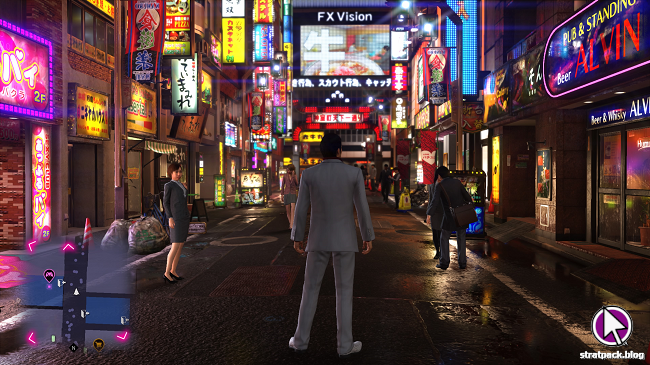
Released in 2016, The Song of Life was the seventh mainline game in the Yakuza series (the numbering was thrown off by the 2015 prequel Yakuza 0, which I’ll likely revisit in a future article). It follows the traditional series main character Kazuma Kiryu as he investigates a personal mystery that takes him on a journey across Japan and is revealed to be linked to his yakuza past in Kamurocho.
Friends and foes
When I first picked up the Yakuza series, I thought the story would consist of Japanese men in suits sitting around in dark rooms discussing who’s on whose turf. While there is a fair amount of that, Yakuza 6: The Song of Life takes a much more personal approach, with a story exploring the bonds between family and friends.
Having just come out of prison, Kiryu finds that his adoptive niece Haruka has gone missing from the Okinawa ophanage they run togther. He heads back to Tokyo to search for her, but finds the Chinese mafia has invaded his turf while he was away. Disorientated, he follows the only lead he has and sets off to Hiroshima prefecture to retrace her last known steps and uncover clues as to her whereabouts.
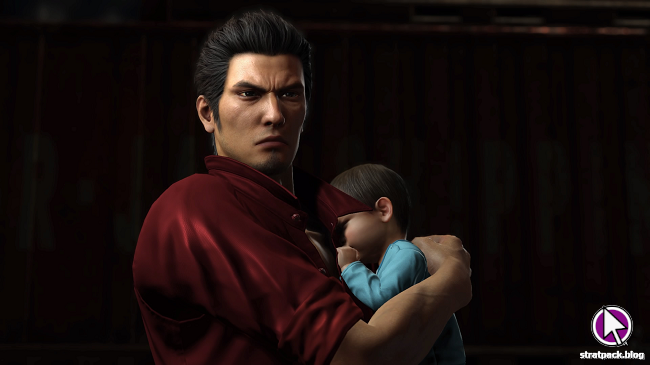
The Hiroshima sections have a summer holiday feel. Kiryu is dropped into an unfamiliar town with a few friends, a rival, and a potential love interest, and for some time you spend your days playing baseball and frequenting the local bar. The local yakuza - played by real life actors, headed by Takeshi Kitano - are the real stars, and transform from antagonists, to jesters, to brothers over the course of 18 hours.
Kiryu eventually learns that Haruka was hit by a car in Kamurocho and is in a coma. Perhaps a bigger shock is that she has a baby son, Haruto, who he takes into his care. The rest of the story unravels the mystery of what Haruka was up to and who Haruto’s father is, and - surprise, surprise - it turns out that it’s all entwined with the gangs’ tussle over the red light district and an 80-year old secret in Hiroshima.
The story is intriguing, but feels a couple of hours too long, with lengthy flashback cutscenes that went on for hours after the characters I cared most about were relegated to the background. It kept feeling that everything was going to wrap nicely, before introducing another layer of conspiracy and double-crossing to keep going.
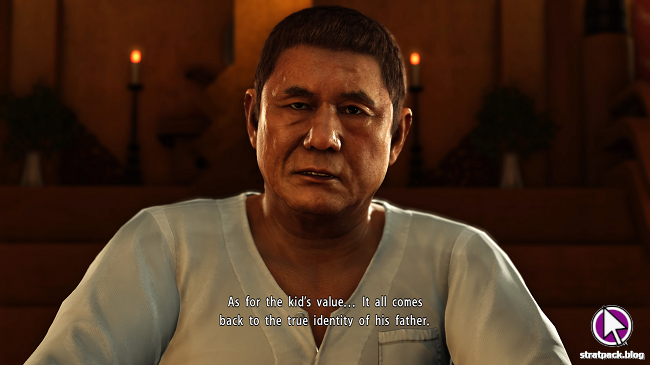
On the other hand, this could be seen as a brave move, with the game continuing beyond where most would leave off, into a kind of epilogue where the characters face consequences for their actions. Yakuza 6’s writing is expert at painting people as the bad guys, only to show their humanity in the most heartwrenching ways, and the finale is heartbreaking (even if it does undermine its own impact somewhat).
Two shades of Kiryu
I always like the Yakuza games as a little slice of Japan. By that I don’t mean that I think real Yakuza are huge guys wearing loud suits - I mean that Ryu Ga Gotoku Studio captures the atmosphere really well, right down to small details like the combinis and the real drinks in the vending machines. It might sound weird, but there were some points at which locations in the game evoked such strong memories of places I’ve visited in Japan that I could almost smell them.
It should be noted that the gameplay is somewhat divorced from the story. In cutscenes, Kiryu is portrayed as a kind, gentle man who looks after orphans, but he spends most of the game delivering brutal beatdowns at the drop of a hat. Most of the main story missions involve him trying to get somewhere before a large group of threatening men block his way. Invariably, he yells something and they fight.
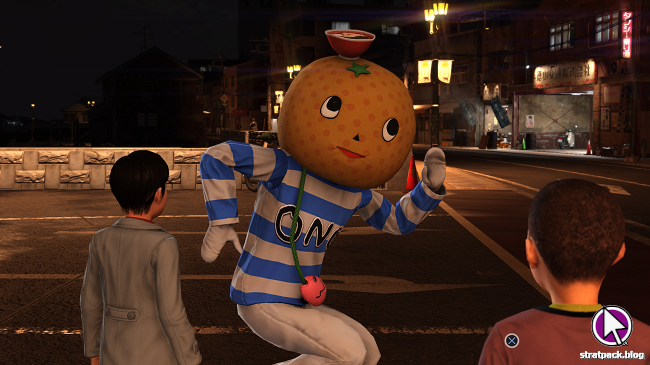
While the combat has more depth than I initially thought (more on that in a moment), it’s likely the game would still become a bit of a drag without its writing and acting. It’s rare that a series has you caring so much about the fate of its characters, and Yakuza 6’s story undoubtedly benefits from its real-life acting talent - even if their more detailed faces sometimes look a little odd next to the original models.
This drama is juxtaposed with some laugh out loud moments, particularly when it comes to the side missions, which in Yakuza tradition cover a much more diverse range of subjects, from virtual assistants to time travel. A particular highlight for me was a story where some loser took Kiryu to an internet cafe and introduced him to “live chat” (cam girls) - his complete lack of basic computing knowledge and overblown, one-key-at-a-time typing animations were hilarious.
Enter the dragon
As I mentioned, the main mechanic of Yakuza is the fighting, and boy will Kiryu find any excuse. Guy doesn’t like the look of me at an izakaya? Fight. Guy takes offence when I tell him to stop pissing in the street? Fight. Friend tries to stop me from kidnapping a baby? Also a fight. It’s all quite campy, usually involving people getting aggressive at the end of a cutscene and adopting fighting stances.
As the game goes on, more of the encounters are boss fights - usually signified by both participants ripping their shirts off before they duel. These are a bit more dramatic, set in arenas with plenty of implausably large objects to pick up and hit each other with. When your opponent is worn down enough, they’ll enter a heat mode, surrounded by red mist and noticeably more aggressive. In general, the boss fights are memorable and quite varied in terms of the tactics required to win.

Outside the bosses, the game begins to pit you against more enemy types - big brutes with long health bars, agile ninjas, and so on. But from a certain point it just ups the numbers. While it’s cool to fight 15 guys at once and come out on top, it means half the battle is skirting the edges of the mob and picking off a straggler where you can, because entering the main fray means a frustrating and suicidal cycle of getting knocked down and hit again as you try to get up.
There is, however, a turning point. Upgrade your stats and skills enough and the game becomes far more satisfying. Your punches connect with multiple enemies at once in crowds, your blocks are more effective, and heat mode enables moves that - after some quick time event-style button hits - can knock away half the health of the toughest enemies if successful. Overall, once you’ve earned it, combat is far more complex and rewarding than I gave it credit for in the early game.
Too much fun to care
Despite the rough edges - and the PS4 did struggle with some of the busier parts of Kamurocho before I upgraded to a PS5 - I found Yakuza 6: The Song of Life to be a delightful return to the games of yesteryear. There’s a world with plenty of content to explore but without any collectathon objectives, an engaging story with varied and likeable characters, and mechanics that require thought and practice to master. And all of this comes on a disc as a single, complete package that’s playable forever.
The changes in tone and fidelity (some cutscenes are noticeably more detailed than others, where characters look like mannequins with flapping jaws) are what made a certain era of video games, from roughly the start of the PS1’s lifespan to the the beginning of the Xbox 360 generation, so enjoyable. When the game’s fidelity is lower, our minds fill in the blanks, which makes titles more engrossing and fun.
Yakuza 6 is by no means perfect - it can be frustrating, feels a little long, and parts of the plot require some leaps in logic - but it’s probably the best and most gripping game I’ve played so far this year. Come to explore Tokyo and Hiroshima and you’ll undoubtedly stay for the story, characters, and the outlandish sideshows.




